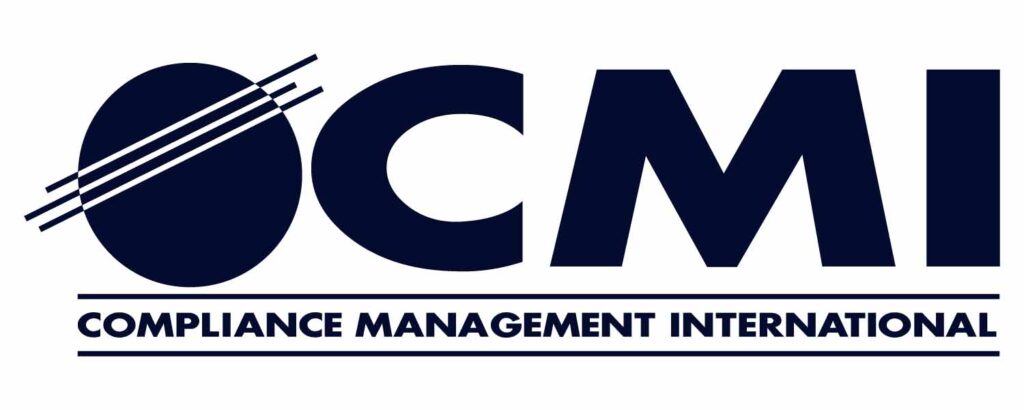October is National Ergonomics Month – Is Your Workspace Working for You?
October is National Ergonomics Month — the perfect time to take a fresh look at your industrial workspaces. Are employees regularly lifting, performing hand- or shoulder-intensive tasks, or working in awkward postures? These are signs that work could be made safer and more efficient.
While office ergonomics often gets the spotlight, most injuries occur in physically demanding jobs such as manufacturing, warehousing, and construction.
What Is Ergonomics?
Ergonomics focuses on designing tasks, tools, equipment, and workspaces to reduce fatigue, discomfort, overexertion, and injury. When jobs are built with ergonomics in mind, workers can perform them more safely and efficiently.
Why It Matters
Physically demanding work can lead to musculoskeletal disorders (MSDs), such as back, neck, and shoulder injuries.
According to the U.S. Bureau of Labor Statistics, MSDs account for more than 30% of all workplace injuries resulting in time away from work. These injuries not only affect worker health and morale—they also lead to lost productivity, increased workers’ compensation costs, and operational inefficiencies.
The Benefits of Ergonomics
Companies that invest in ergonomic improvements often see:
-
Fewer injuries and lower workers’ compensation claims
-
Increased productivity through reduced fatigue and better efficiency
-
Improved quality, as workers make fewer errors
-
Higher morale and retention, because employees feel valued and protected
Solutions Don’t Have to Be Expensive
Two of the biggest myths about ergonomics are that evaluations are always complex and solutions are costly. In reality, hazards are often obvious, and many improvements are simple and affordable. For example:
-
Store heavy, frequently used objects at waist height — this can cut the risk of a back injury by 50%.
-
Adjust work surface heights to reduce bending and reaching.
-
Match workstation height to the task:
-
Precision work: slightly above elbow height
-
General tasks: at elbow height
-
Heavier force tasks: slightly below elbow height
-
-
Tilt boxes and bins for easier reach and visibility.
-
Rearrange tools and supplies for improved access.
A Smart Investment
Walk through your facility and talk with your employees—you’ll likely find quick, effective ways to boost safety and efficiency.
Ergonomics isn’t just good for people—it’s good for business. Often, it starts with small, affordable changes that make a big impact.
Connect with CMI today to learn how we can support your organization’s ergonomics journey.
Don’t miss our FREE webinar on Ergonomics on October 29, 2025!



